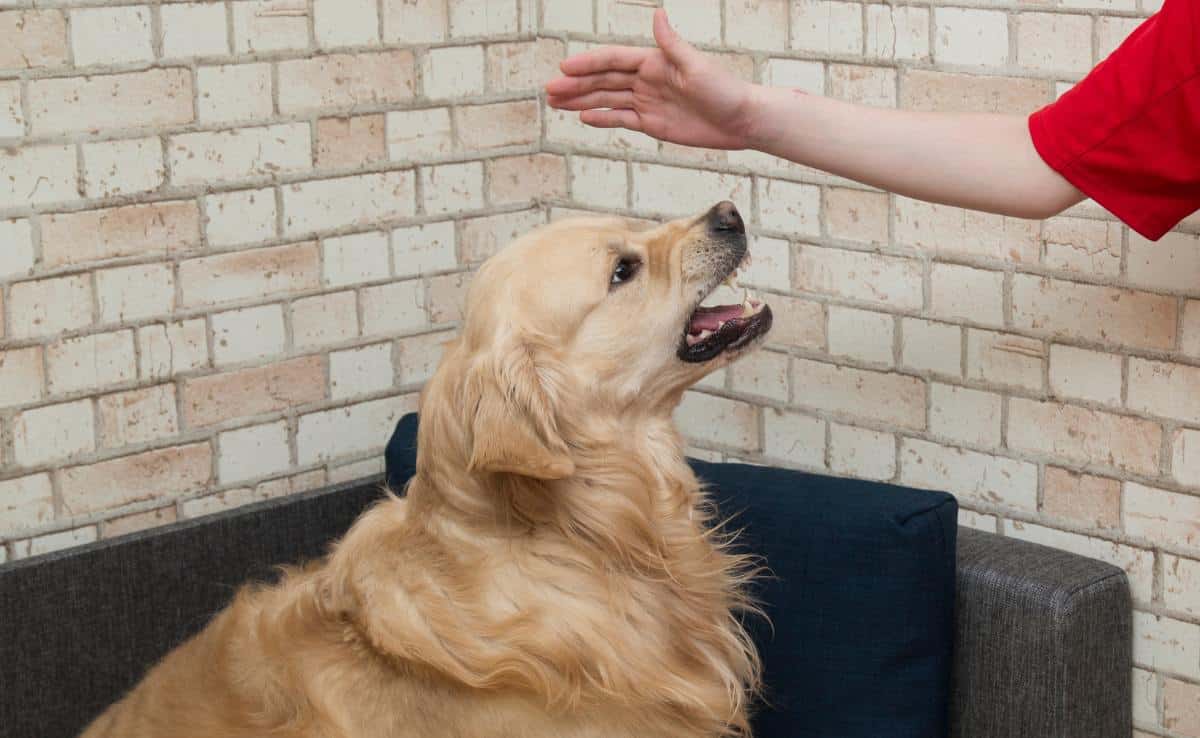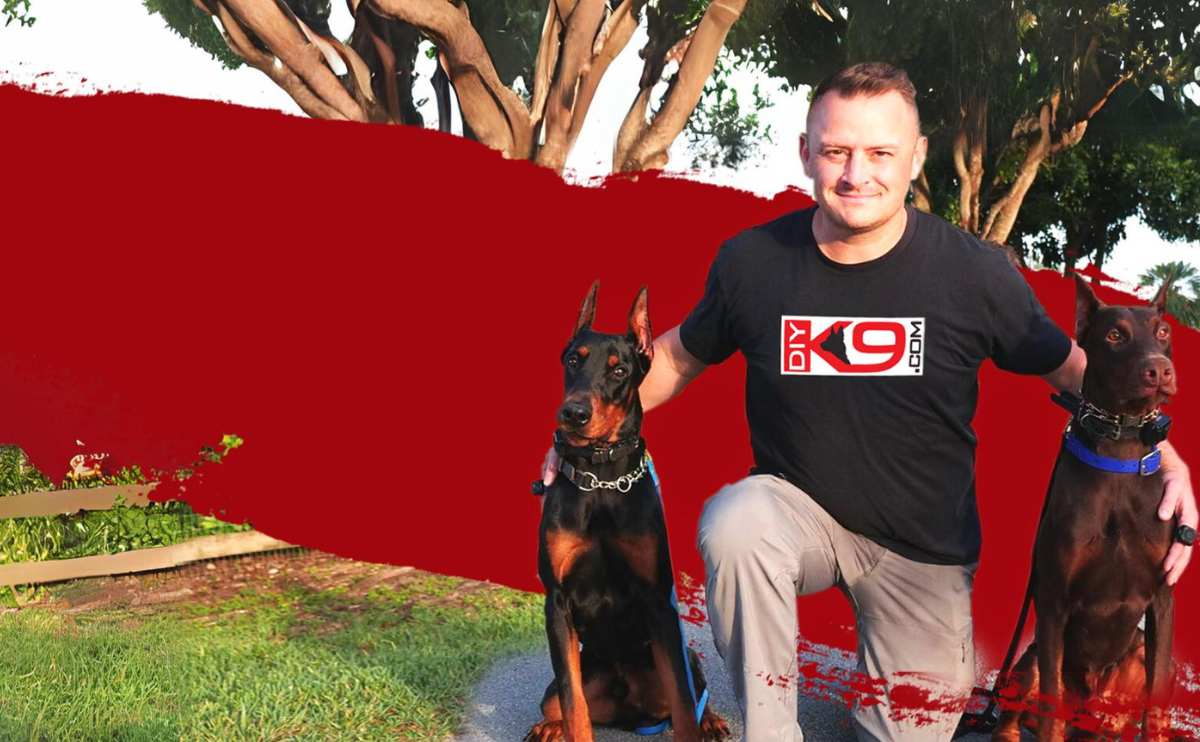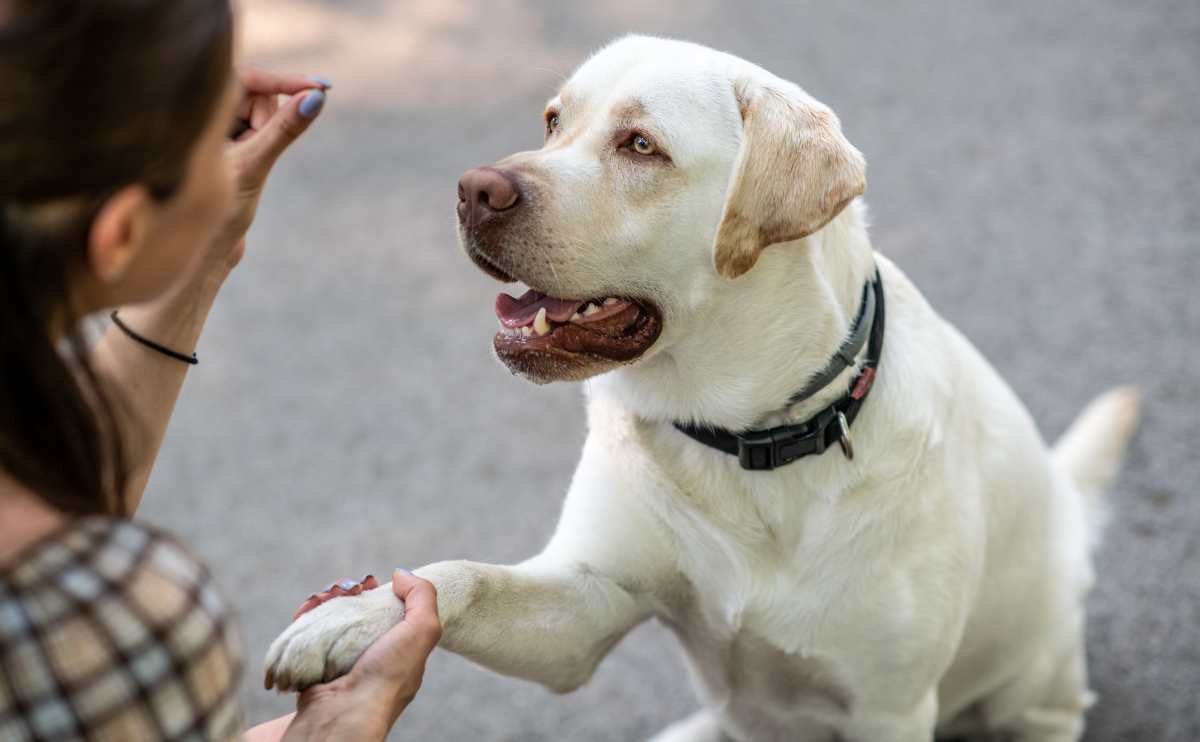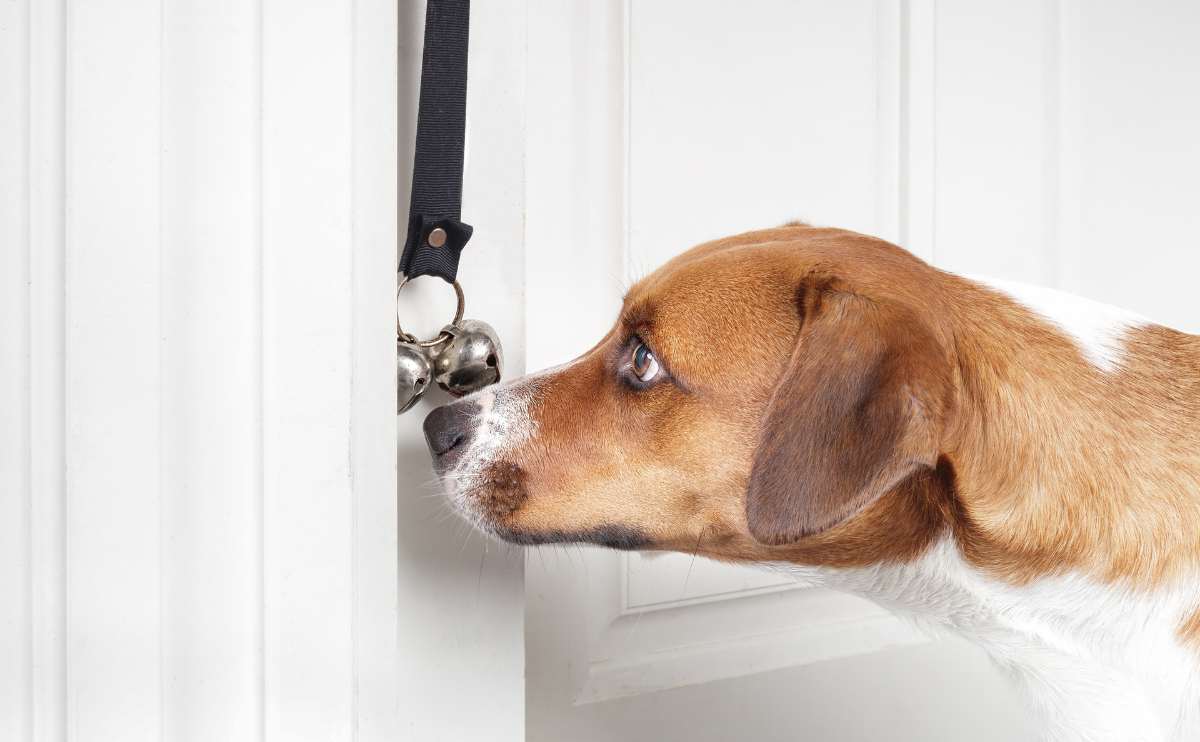When you purchase through links on our site, we may earn a commission. Here’s how it works.

Most of the time, when you see an aggressive dog, they were not born that way. An owner of this type of dog may not fully understand how to train their pup. This lack of training often leads to aggressive behavior because the dog responds to situations using his instincts since he has never been taught differently. Let’s discover how to stop aggression in dogs, find out why it happens, and learn how to get your dog to stop aggressive behavior.
Why Are Some Dogs Aggressive?

Dogs become aggressive for several reasons. These reasons can vary widely with each dog. It helps to pay attention to the situations that cause your dog to become aggressive, so you know how to train him.
Fear
Dogs may become aggressive if they feel cornered or trapped and can’t retreat from what they’re finding threatening. Dogs who have been mistreated, abused, or weren’t properly socialized can also exhibit fear-based aggression.
Possessiveness
Possession aggression, also called resource guarding, is one of the most common causes of aggression in dogs. Many dogs feel the need to protect their possessions (food, toys, bed, crate, etc.), whether there’s a threat or not. Dogs showing possession aggression may growl if someone approaches their sacred items or spaces. Food guarding is an especially common form of possessive aggression.
Territorial Aggression
Some dogs are instinctively territorial and feel the need to protect their space (your home or yard) from what they perceive as intruders. For some dogs, this can be limited to strangers, while others may show territorial aggression toward friends and foes. Dogs usually don’t get territorial until they grow into adulthood.
Protective Aggression
Dogs are instinctively social pack animals and feel the need to protect their pack members. Some dogs may show aggressive behavior when they feel that a family member, friend, or fellow pet is in danger.
Dominance Aggression
Dogs sometimes exhibit aggressive behavior as a show of dominance. Dominance aggression, also called status-seeking aggression, can sometimes be seen in interactions with other dogs. As pack animals, dogs can develop a sense of a hierarchical order among the pack. And a dog that sees himself as an alpha dog may feel the need to show that he’s in charge.
Signs Of Aggressive Behavior
If you pay attention, you may notice some warning signs that your dog is getting aggressive before his behavior becomes serious. Sometimes, these behaviors follow an escalating progression, as listed below.
- Becoming still and rigid
- Tail between legs
- Ears pinned back
- Having a tightly closed mouth or lips stretched over teeth
- Baring teeth
- Aggressive eye contact
- Fast pacing
- Growling, snarling, or barking
- Lunging toward the person or other animal
- “Muzzle punch” (punching the person or other animal with his nose)
- Lightly nipping
- Biting that tears the skin or causes bruising, that causes puncture wounds, or repeated biting in rapid succession
An owner who fails to see the signs of aggression as they develop will soon find themselves with a completely out-of-control dog. This is the owner’s responsibility and doesn’t mean that the dog is a “bad dog.” It just means it’s time for some aggressive dog training tips to help you make your dog sweeter.
How To Train A Dog To Be Less Aggressive
Once you’ve recognized the signs of an aggressive dog, it’s important to understand how to train them so you can minimize or eliminate their undesirable behaviors. Here are some of our tips on how to handle an aggressive dog.
Consider Professional Training

At least at first, aggressive dog training is best left up to expert trainers because the causes and behaviors can vary so much. Ultimately, it’s in your best interest to consult an expert before you try training your dog yourself — especially if you think your dog could harm someone.
If you can’t afford many professional training hours, you should at least consider one or two sessions so a professional can give you specific tips on how to proceed on your own. This helps you understand how to train an aggressive dog and protects you and your dog from major troubles down the road.
Another option is to sign up for an affordable online aggressive dog training course that can run you through many issues you’re facing and give you actionable steps to correct your dog’s negative behavior. We recommend Doggy Dan’s Online Training which targets aggressive dogs.
How To Find A Good Trainer
If you don’t know any dog trainers in your area, be sure to ask your friends and neighbors. Your veterinarian can also give you some recommendations. Local vets deal with questions about aggressive dogs all the time, so they’ll know where to steer you. And see our tips on how to find the best dog trainer for you and your pup.
Use Positive Behavior Correction, Not Punishment
One of the most important things to remember when training your dog for aggressive behavior (and just normal training) is to remain calm but assertive. Your dog can sense if you’re angry or nervous when you’re interacting with him.
Many dog owners punish aggressive dogs with threatening behavior back. Rather than the dog learning to behave from this punishment, they learn that aggression is an acceptable response.
Remember that some aggression is born of fear. When you beat your dog, you might establish fear, which may cause the dog to stop the undesirable behavior. But you also build a foundation for aggression to be acceptable. Sooner or later, that fear you created may come out in aggressive behavior that’s beyond your control. Instead, use specific methods to teach your dog what is acceptable and what is not.
Tools To Help With Dog Aggression
E-Collars, pinch collars, and muzzles can be beneficial when it comes to training your dog. They may seem like harsh forms of punishment at first, but in some cases, they’re more effective than regular collars.
Prong Collars

Prong collars are among the best tools a trainer can use. A normal collar will choke your dog if you pull on it. A prong collar will cause superficial discomfort similar to what a pup feels when his mother nips him in the back of the neck, indicating that his behavior is not acceptable. We recommend the Coastal Easy-On Dog Prong Training Collar. Learn more about pinch collars and how to properly fit and use them beforehand to avoid injury and doing more damage than good.
Muzzles
A muzzle is a great tool to use if you have a dog that snaps or intimidates other animals verbally. This is what often happens with shy dogs who are nervous in a situation. Ease your dog into new social situations a little bit at a time.
The muzzle can be used in social situations, but to train the dog correctly, put the dog’s muzzle on for about an hour before a pleasurable activity such as eating or playtime. The dog will then associate the muzzle with enjoyable activities and apply this feeling to social situations. Learn more about muzzles, including our top picks.
Treats And Patience Are Critical To Success
Are you wondering how to train an aggressive puppy, adult, or senior? The same tips apply no matter what age your dog is. But, the sooner you can start on good habits, the better. When you’re training your dog, be sure to reward him for good behavior. You can do this with a treat, a toy, or lavish praise. Have patience and introduce your dog to new ideas and settings a little at a time. If your dog is nervous around people, only expose them for short periods and while under your control (probably on leash), reassuring your pup the whole time.
Again, if you’re still having trouble, we recommend seeking professional dog training. There are even specialized courses for dog-on-dog aggression. And if all else fails, sadly, it might be time to think about rehoming your dog.
Tagged With: Aggression, Collars, Leashes

